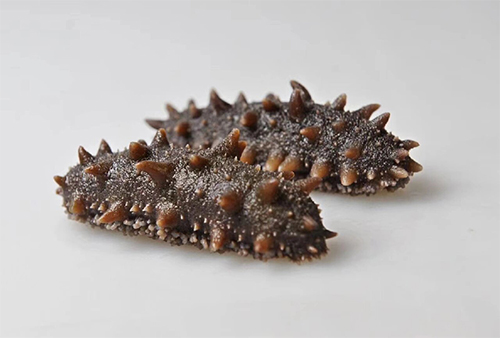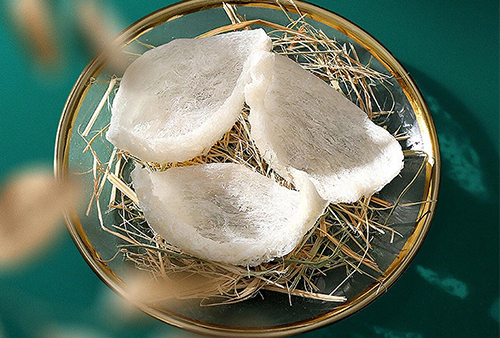Eighteen Processes and Twelve Ancient Processing Techniques of Dendrobium huoshan

1. harvest:After harvesting, weeds and soil should be removed manually to avoid spilling of active ingredients. Dendrobium is used as medicine with its stems, so the leaves should be carefully pulled off to avoid damage.
3. Sorting: The processed Dendrobium is sorted according to its age, length, thickness, freshness and other qualifications, so as to control the heat in batches when frying.
4. Cleaning: Rinse the Dendrobium under running water again, then spread it out on a bamboo sieve or other utensils until the moisture on the surface of the stems is dry.
5. Stir-fry: Put the cooled Dendrobium stems into a 110℃-120℃ pot, stir-fry with bare hands for 20 minutes until the leaf sheaths open and the stems become soft.
6. Remove the sheaths and rub the fried stems of Dendrobium. Be gentle when removing the leaf sheaths to avoid damage or breakage of the stems. Remove the leaf sheaths of Dendrobium and rub them evenly to avoid damage or breakage of the stems. Then use both hands to remove the leaf sheaths that cannot be rubbed off, and try to keep the Dendrobium clean.
10. hoop:Use flexible dragon beard grass to fix the two ends of the Dendrobium stem to prevent it from loosening and breaking during the fixing and winding process. The reason for using dragon beard grass is that it is soft and not easy to break, and has the characteristic of toughness.
11. Baking : Place the wrapped and hooped stems together with the stainless steel wire in a drying hopper and bake them. Use a medium heat of 70-80°C first, then a low heat of 30-50°C. Try to keep the baking even.
12. compact embryo:During the baking process, always observe the tightness of the ring, tighten it in the direction of the strip, and tighten the dragon beard grass at the same time to prevent the dendrobium maple bucket from loosening. The operations of baking and tightening the embryo should be performed alternately.
13. Re-baking After the baking and compacting processes are completed, the finished product will be re-baked once. This will produce Dendrobium candidiasis with a better shape and more beautiful appearance, which is conducive to subsequent preservation.
14. Embryo release:After the process is completed, place the hot Dendrobium in a cool, dry and ventilated place to cool down.
15. Remove the hoop : Remove the dragon beard grass previously used for shaping from both ends of the Dendrobium, and pull the Dendrobium off the stainless steel wire.
16. Shaping: Trim the roots that are too long, keep 2-3 roots, and the length is about 2-4mm. At the same time, check again and remove the remaining leaf sheaths.
17. Re-fire and bake the shaped maple thrush in an oven at about 70℃ until it turns golden yellow with a slightly dark blue tint and the moisture content is ≤8%.
18. The process of gradingDendrobium has basically been completed. The next step is to grade Dendrobium according to the degree of baking, different colors, etc. Generally, Dendrobium can be divided into 2 to 3 grades and then packaged.



